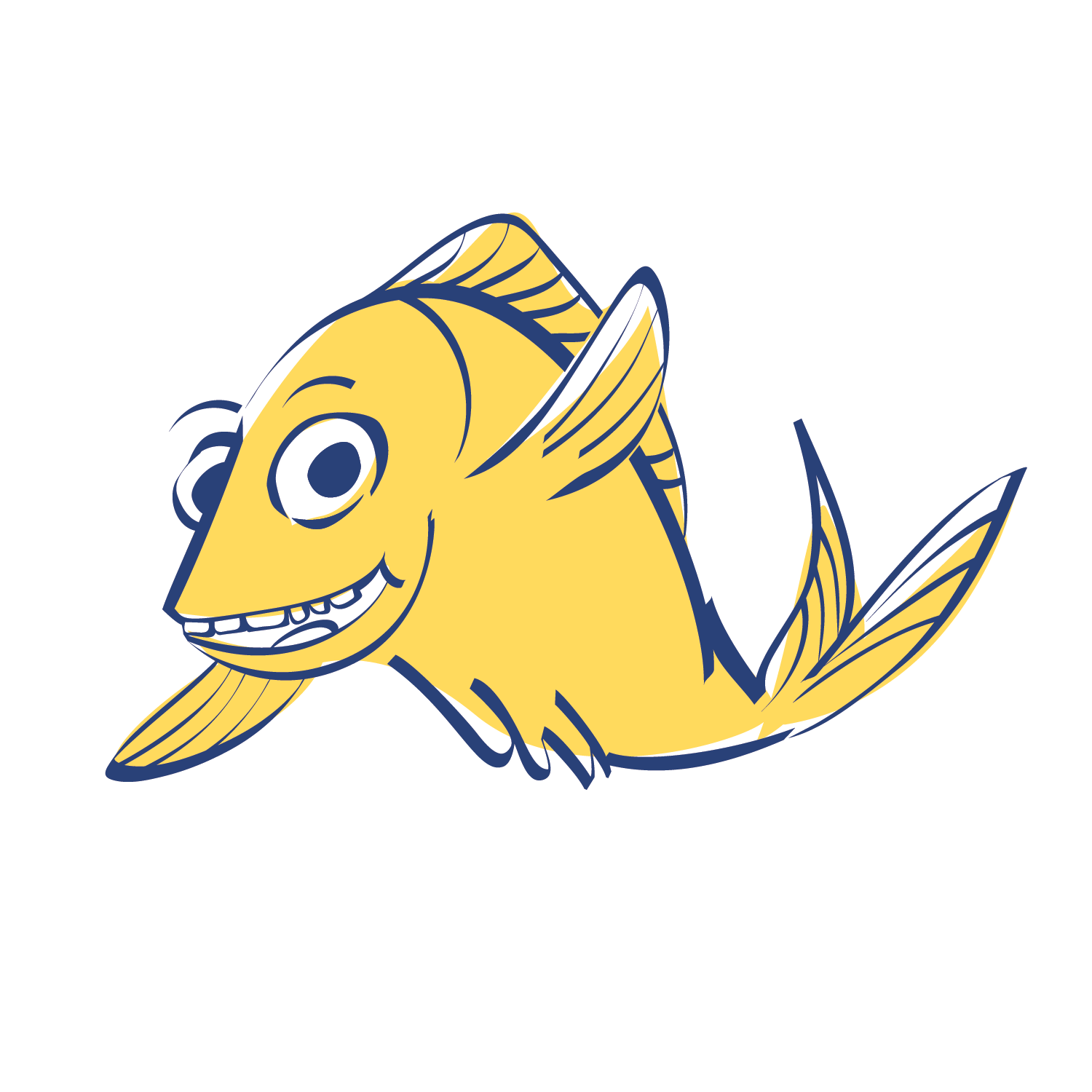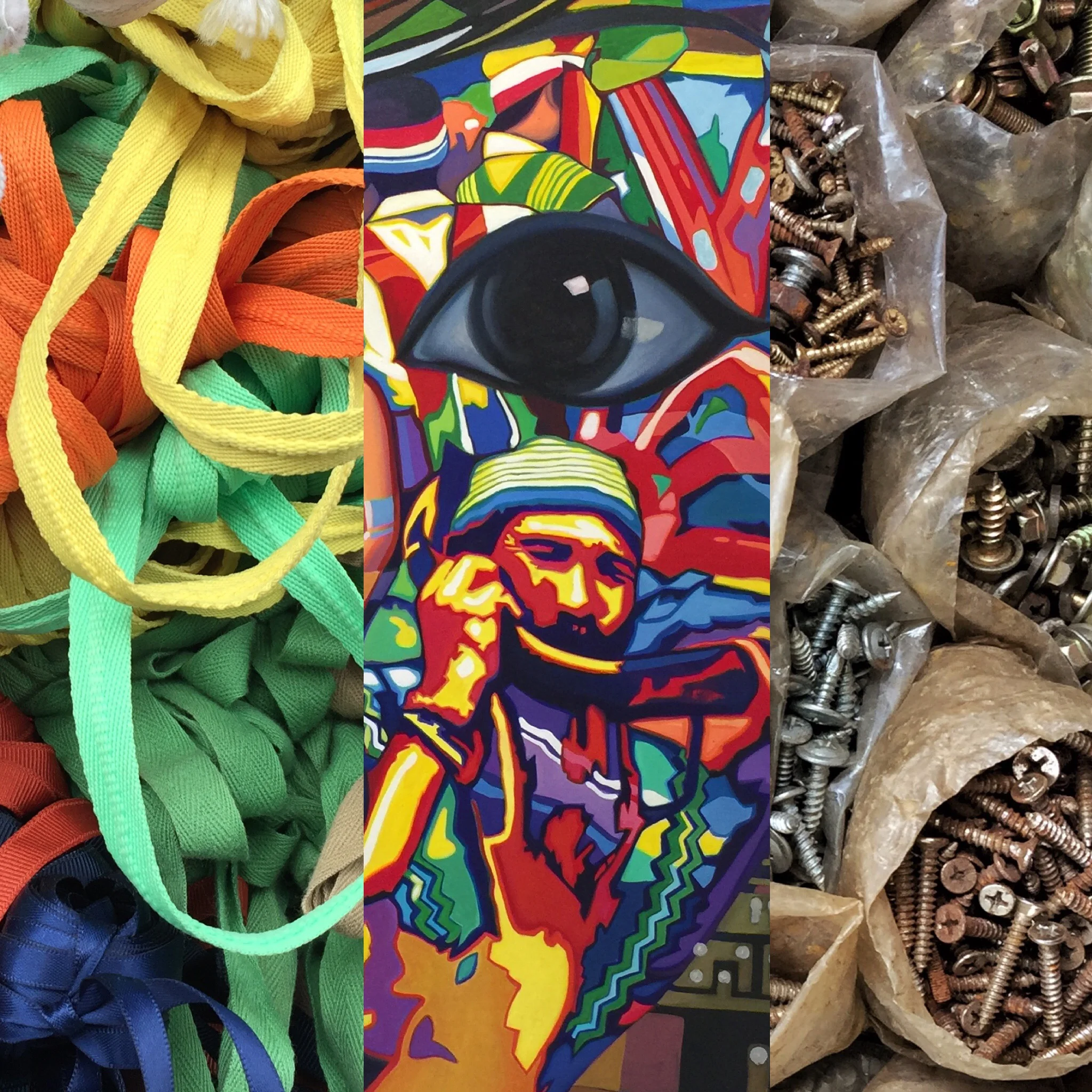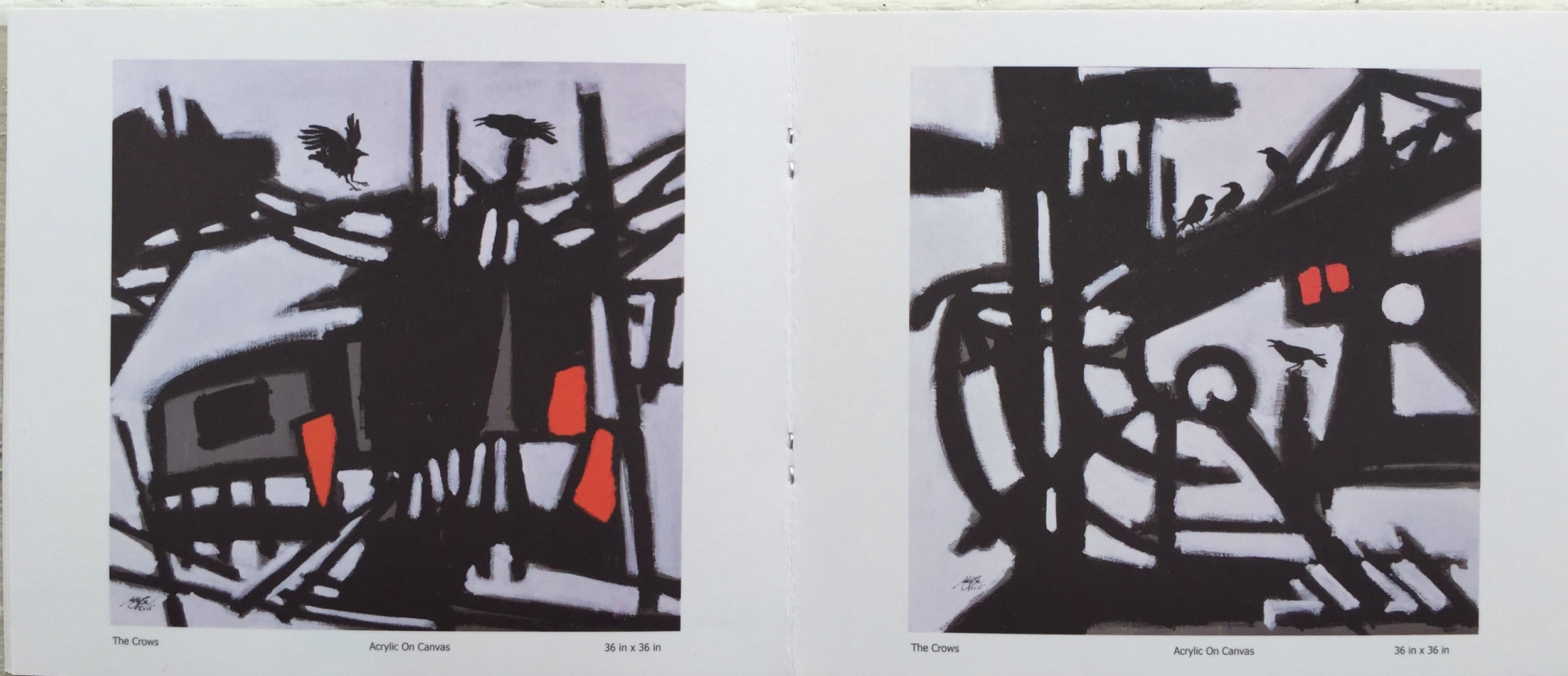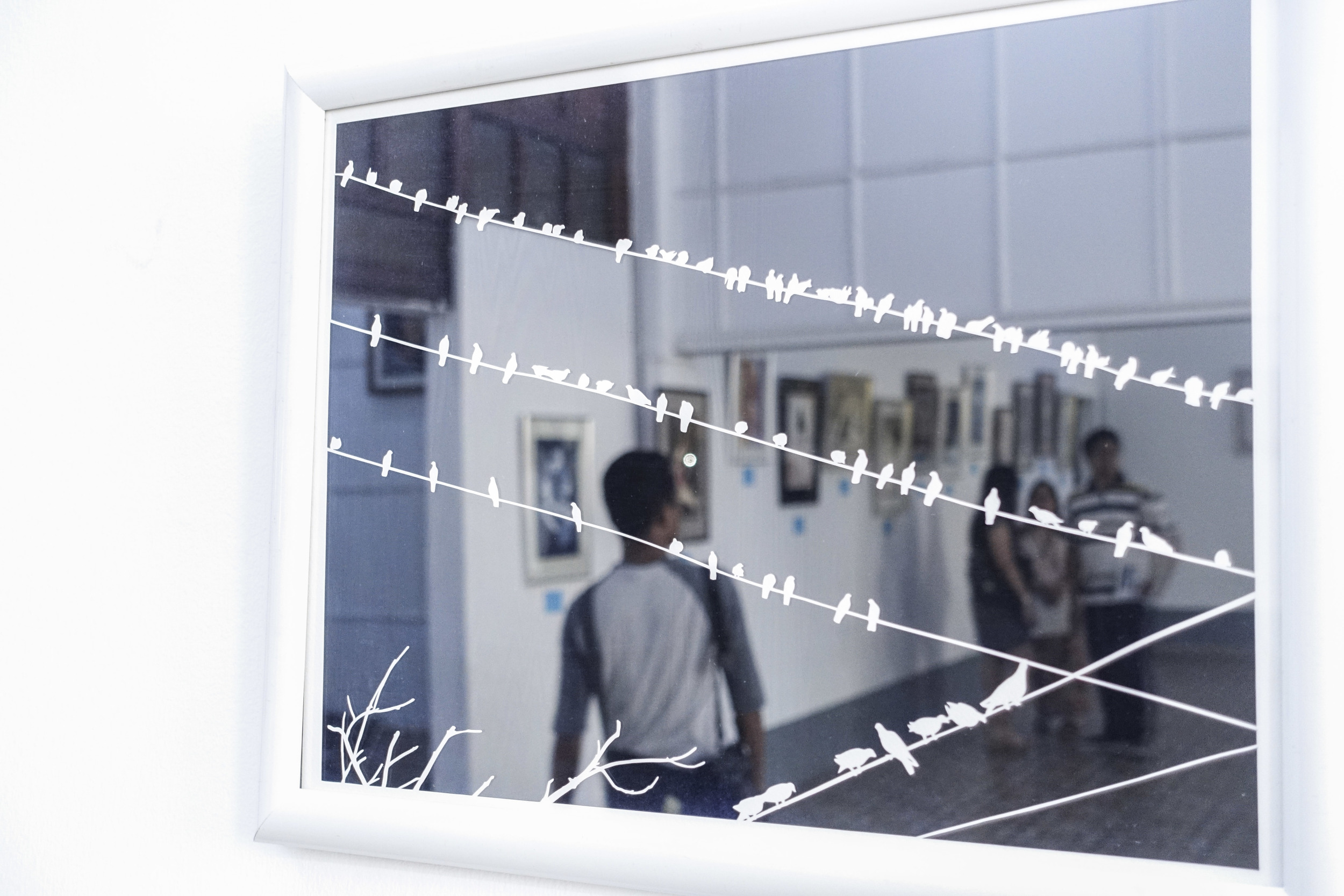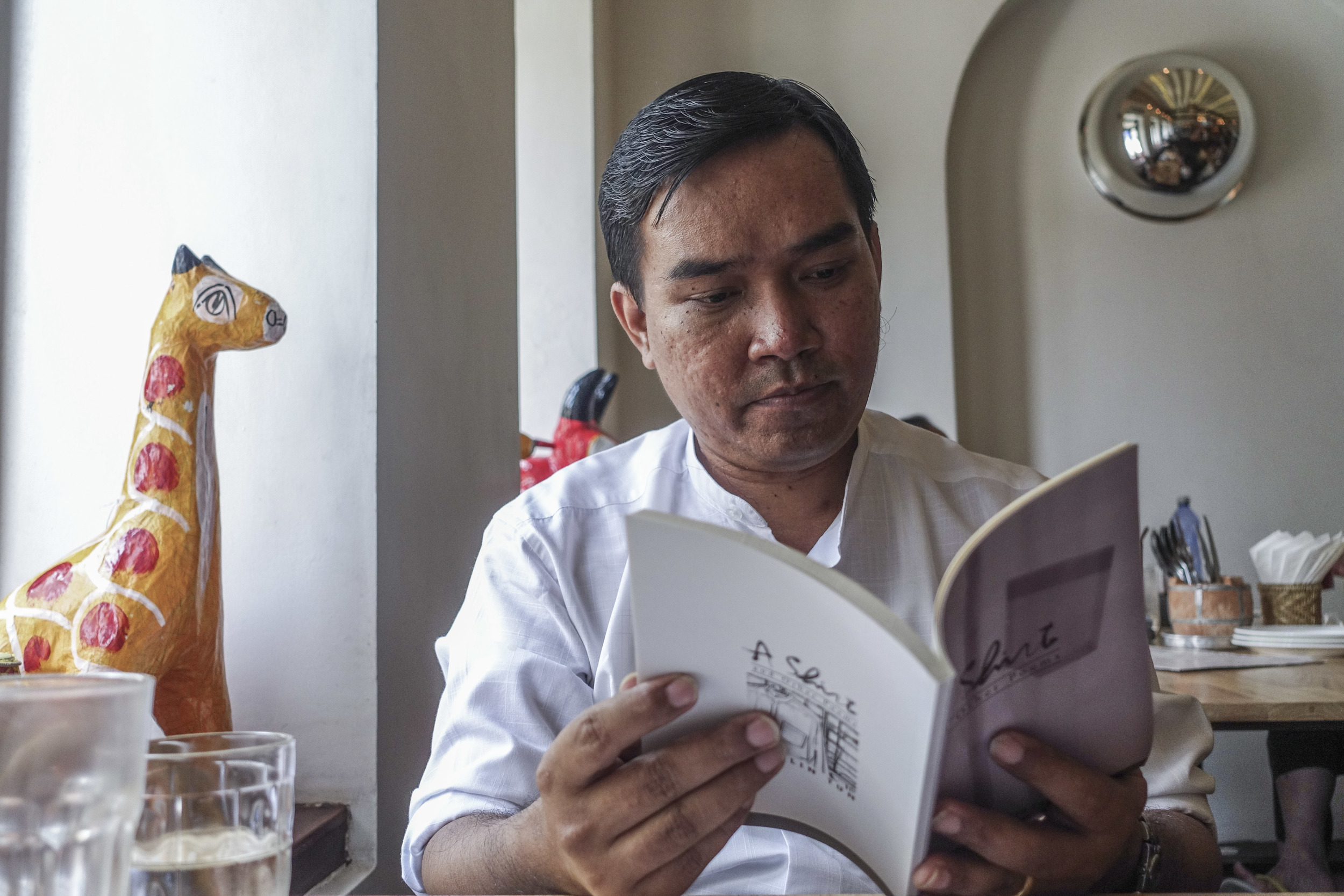Testing the times
The State of Art in Myanmar
3 April 2016
Myanmar’s long and storied history has been interwoven with kingdom politics, the rise of religion, tribal unrest and in recent years, the end of an era with Aung San Suu Kyi’s National League for Democracy (NLD) winning a historic election in 2015.
But since 2011, Myanmar’s transition to a civilian government has been steadily opening the country for trade. Sanctions were lifted and foreign investment poured into the country; evidenced today by large skyscrapers in barely-there scaffolds gouging a skyline from the melee of Yangon’s narrow streets.
Writers and painters have been producing work in the country for millennia, but whether it is through censorship, a lack of awareness or the barrier of language, art has never quite been allowed to take centre-stage. However, the outside world now seems to have “discovered” Burmese art and literature as an exotic phenomenon.
This is both to be applauded and abhorred. Visiting a few of Yangon’s galleries, from the more traditional River Gallery to the rather workaday (and expensive) Pansodan Art Gallery, I found much of the work to follow a particular style, but lacking in originality beyond trite and overused images that were sometimes rendered so simply that one wonders if there is some kind of ironic doubling back; where a saffron-robed monk represents not just peace, but the loss of it.
AS THE CROW FLIES
Not all art is derivative, though. At Nawaday Tharlar Gallery, where curator Pyay Way has lovingly built up a collection of impressive local artists, there was a fascinating, if mono-themed, exhibition by Aung Kyi Soe. Crows, a metaphor for people, perch on industrial edifices in the city. They are industrious and sneaky, adaptable and selfish. The entire series has a single swash of monk-robed orange that splashes onto the paintings at different points, lending a smudge of life and almost rebellion to the unyielding black lines of the crows. Perhaps this is how the city is now, all crows and construction, threaded by the unyielding edifice of religion.
AFTER 2011
Wandering around the galleries gives me a sense of how things are on the surface, but to probe a little deeper, I sit down for an interview with Nathalie Johnston. An art historian and curator based in Yangon, she is the former director of TS1 Gallery and leads the Myanmar Art Resource Center and Archive (MARCA). I sit down to chat with her together with Maung Day, the author of five poetry books, all published in Burmese. His poems in English have appeared in international magazines such as The Awl, The Wolf, Guernica, Shampoo, Bengal Lights, Ivory Tower and International Poetry Review.
Over beer and noodles at a local food place in Sanchaung, we discuss access to art, translation and inspirations. Both feel that it is easier to interact with audiences post-2011 as international media coverage is now a given, but deeper conversations about art, such as publications and critiques, are still scant on the ground. Nathalie feels that there’s also very little interaction between the traditional school and the younger wave of artists. The gulf between traditional artists and the new wave, particularly in the last five years, is massive but inevitable. Despite that, there is the continued resonance of giants in the scene such as Po Po, Aung Myint and Kyi Wynn (see photos). For example, Po Po made conceptual work before people even knew what that meant. His exhibition in 1989 was groundbreaking in that it addressed key social issues, hitherto practically forbidden. As Nathalie reasons,
Tourism may have reduced traditional art to a veneer, but artists don’t see it as ‘tourist art’. The history of painting in Myanmar was built on a patron-artist relationship. If an artist could sell, that meant they were good artists. Many artists never went into the contemporary or the conceptual because it was risky.
This tug between ideology and practical demands can be seen in the way different subjects are interpreted by successive generations of artists.
POLITICAL PLUMAGE
The peacock would probably be the prime example of how a symbol morphs over time. The avatar of the dancing peacock, for centuries the symbol of the Burmese monarchy and Buddhism, has long been seen in a genteel light. Bu the peacocks’ ability to eat and digest poisonous plants also symbolises purification; the activists saw it as a powerful metaphor for change. Hence, its metamorphosis into a fighting peacock, emblazoned on flags and boldly used in the 1988 student uprisings to strike against the military dictatorship, which was represented by a white star.
Censorship officially ended in 2011, but it still exists, albeit in a subtler way. Nathalie opines, “Artists self-censor, too. Control has to slowly fall away. One can’t be free of restrictions overnight.”
But, capital gains can leap over those boundaries. Co-opted by artists, the peacock today seems to have retreated from its aggressive stance and, buoyed by Western dollars, is now on pay-for-plumage mode.
Fighting Peacock. Photo copyright Wikipedia.
IN TRANSIT
Much has been made about Myanmar’s “transition” period since 2011 and how this is a golden opportunity for everything to flourish. And artists and activists, who for many years were vocal from behind their walls of anonymity, have now been fixed in a particular flux, exacerbated by the excesses of modern living; money, phones, cheap data.
In short, what took years to reach our shores has landed in an unruly, accessible heap at the docks of Myanmar’s hungry youth. Naturally, this has changed the way people access art and literature. The number of people reading and buying Burmese books is falling, despite efforts to translate bestselling Western books into Burmese and sell them at affordable prices.
Paul Rae, speaking in 2014 at Transitory Acts, part of the iUi #3.0 International Festival of Contemporary Performance in Yangon, noted that
Change is happening all the time, everywhere. Transition is from one condition to another. Change is qualitative, transition is quantitative. We can analyse and influence it. This can also be said about artwork, like time-based performances. Consider performance as a synthetic transition, not artificial. The larger transformation/transition is beyond the artist’s control.
This was seen in the Beyond Pressure series of performance art festivals, started in 2008 by Moe Satt, poet Maung Day and a hungry team of young artists. This was the first time that a performance art event was officially allowed in Myanmar. Featuring foreign artists such as Malaysia’s Sharon Chin, this was a critical opportunity for local artists to access the international scene and for foreigners to be introduced to Myanmar’s contemporary art scene.
Beyond Pressure VII (2014). Photo copyright: Beyond Pressure Performance Art Festival
SPLITTING THE TONGUE
San Lin Tun, poet, translator and festival organiser (the Burmese wear many hats!), says that Burmese writers are still trying to find a space for themselves on the world stage. He believes that writing in English is one critical way to ensure their works are heard. He’s involved in translating and serialising a Burmese version of Sherlock Holmes set in the 1930s, a series of stories by Shwe U-Daung featuring a dapper detective called U San Shar who works from his office in downtown Rangoon.
This need for English, or the use of it, is echoed by Maung Day, who adds, “ I used to write in Burmese, but now I challenge myself to write in English. I think in Burmese, but I’m used to reading English material. So, there’s a kind of collision in my mind.
I never have translations; I have versions.
Something switches off, something switches on. A metaphor may not work in English, so I replace it with something else.”
Maung Day. Photo copyright Maung Day.
GUT-PUNCH POETRY
That would certainly explain Maung Day’s poems. Influenced, in my opinion, from the Khit San (roughly translated as “testing the times”) writers of the 1930s at Rangoon University, Maung Day’s poetry sizzles with a vitriol and viscosity that leaps off the page. The Khit San writers kept traditional forms but worked with the language of everyday experience. That same image-based accessibility is present in Maung Day’s poetry. Each line is a gut-punch and I feel like I’ve been wrestled to the ground reading his work. One of his heroes is the writer Aung Cheimt, to him the literary equivalent of Po Po, Myanmar’s “godfather” of performance art.
Here is an excerpt:
Aung Cheimt Goes to the Cinema
I hear
The ballad
Inside the flower.
Heroes are those who dare cling
To life’s ennui.
I’ve picked up a toy from inside a book.
“Only edible crops should grow
On arable lands
On the earth,” they say.
In the garden
A corpse dissolves,
Still munching
A pack of salted peanuts.
Today, Burmese writers are also no longer writing under pseudonyms, something customary in the days under the military junta. Using pen names, besides concealing their identities, also allowed the impression of a far larger number of active dissident writers. But somewhat ironically, literary festivals in Myanmar seem to be over-oriented towards Western writers. Or Burmese writers who live overseas. In fact, 50 Mandalay poets boycotted the 2014 Irawaddy Literary Festival because they were unhappy with the inclusion of artists who worked with Burma’s military dominated government.
THE SHAPE OF THINGS
So, what shape will the peacock take now? To produce art in familiar metaphors or to create against a desire to embrace capitalism?
As Maung Day pointedly says, “What are we going to create if we are free? My artist friends were very much engaged with political dialogue and conflict in their work, but now, we seem to be facing an aesthetic crisis post-censorship.”
Watch out for shadows of the old guard lurking in the alleys; they still throw punches of steel.
I leave you with a poem by Maung Day.
This Morning
by Maung Day
The morning starts with the sight of street dogs
lying dead after eating poisoned meat.
A wind loiters about the town.
The town lost its virginity to the wind.
Now it‘s ready for sex in public.
I take my chair outside and sit on the porch.
Salmon spawn in a flooded karaoke lounge.
They drive prawns around the bend.
People in this town like two things: betel and money.
Their betel spit kills ancient trees. Flowers also die
and rise again as young widows on a shopping spree.
Things we depend on, they disappear.
The stray cow—the one floating in space—used to be
a copper miner. It’s got numerous teats, each the size
of Mount Meru. War veterans come back home
and buy prosthetics. The battleground breaks into bloom.
The stray cow turns out to be me.
Boys and girls, I finally found where I belong.
